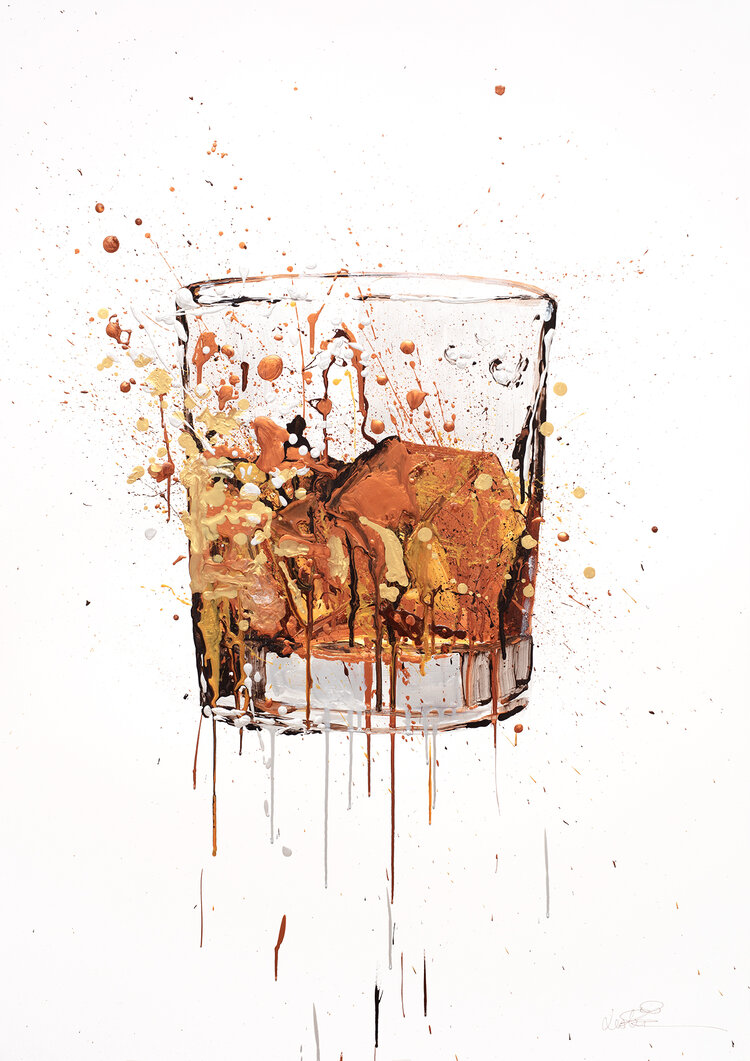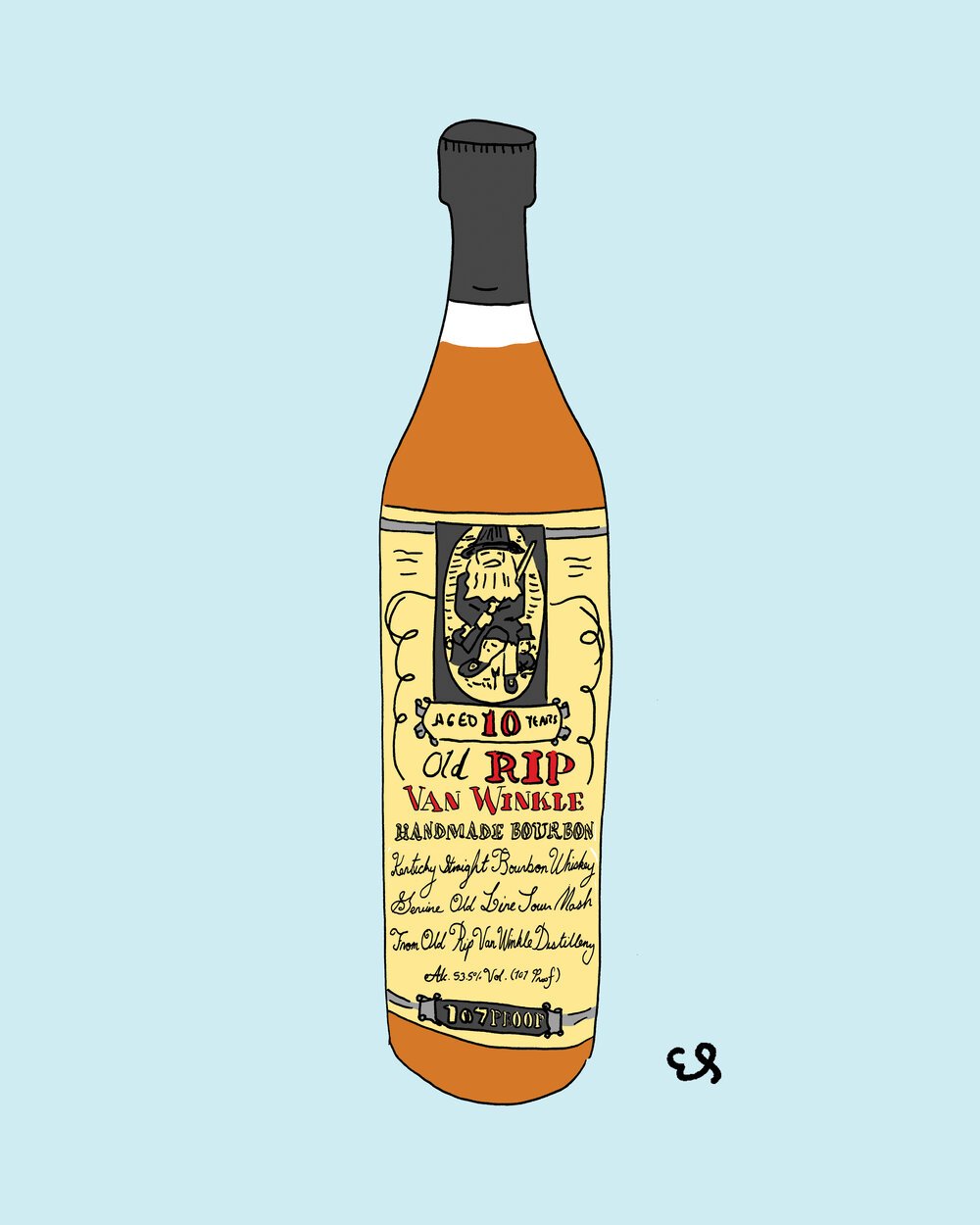Limited Edition: Discover Exclusive Bourbon Art Pieces for Collectors
Limited Edition: Discover Exclusive Bourbon Art Pieces for Collectors
Blog Article
Capturing the Significance of Bourbon Art Via One-of-a-kind Visual Representations and Styles
The art of whiskey expands beyond the fluid itself, manifesting via a selection of graphes that envelop its fabled heritage and craftsmanship. From the precise layout of tags that communicate brand name narratives to evocative digital photography that records the spirit's attraction, each artistic expression serves to enhance the consumer's trip. As the sector embraces modern trends, the dialogue bordering these representations becomes complicated and increasingly rich, hinting at deeper links in between culture and creativity. What stays to be uncovered is just how these evolving styles mirror not just the bourbon itself yet additionally the changing landscape of imaginative analysis.
The History of Scotch Art

As scotch manufacturing spread, so too did the need to boost its experience through art. From the detailed engravings on very early casks to the elaborate tags of modern-day containers, each element shows a special creative vision, offering as a visual story of the scotch's heritage.
In the 18th and 19th centuries, the increase of the industrial change better improved bourbon art, resulting in ingenious packaging and advertising and marketing that recorded customer focus. Musicians and developers began trying out visual appeals, imbuing whiskey-related images with symbolic significances that shared ideas of area, workmanship, and tradition.
Today, whiskey art continues to advance, mixing typical approaches with contemporary art types. Bourbon Art. This ongoing dialogue in between the spirit and its aesthetic depiction underscores the enduring bond in between bourbon and society, improving the overall experience for lovers worldwide
Iconic Container Layouts
While several aspects add to the appeal of scotch, renowned bottle layouts play a pivotal role in forming customer perception and enhancing the total experience. The aesthetic presentation of whiskey containers is not simply a visual consideration; it functions as a bridge in between the consumer and the item, stimulating emotions and setting assumptions.
Distinctive shapes, products, and closures can boost a scotch brand's identity, making it instantaneously identifiable on congested racks. For circumstances, the timeless Glenfiddich container, with its elegant conical silhouette, shares a feeling of practice and workmanship, while the vibrant, modern-day style of the Balvenie bottle reflects innovation and refinement. Furthermore, using tinted glass or special appearances can suggest the high quality and personality of the scotch within.
Renowned designs commonly include elements of social heritage, representing the brand name's history and connection to its origins. Brand Names like Jack Daniel's utilize a simple, robust design that reverberates with its American scotch heritage. Inevitably, the effect of container design prolongs beyond mere functionality; it envelops the essence of the brand, inviting consumers to indulge and check out in the rich tapestry of whiskey society.
Tag Artwork and Branding
Container styles usually set the stage of what consumers can anticipate, yet tag art work and branding play a similarly significant duty in connecting a scotch's identity. The label acts as the first point of contact in between the customer and the product, encapsulating the essence of the scotch within its visual elements.
Efficient tag artwork incorporates imagery, shade, and typography to produce a narrative that resonates with the brand's heritage and target audience. For instance, a label including complex pictures and classic fonts may evoke a feeling of tradition and workmanship, appealing to lovers. In comparison, bold colors and modern-day design components could attract a younger market seeking technology and enjoyment.


Digital Photography and Visual Narration
Capturing the significance of bourbon with photography and aesthetic storytelling is an art type that elevates the brand experience. This tool goes beyond mere item representation, diving right into the complex stories that surround each container. By employing engaging images, photographers can stimulate emotions that reverberate with consumers, inevitably creating a much deeper link to the whiskey brand.
Aesthetic storytelling in bourbon photography often utilizes rich textures, lights, and structure to highlight the one-of-a-kind characteristics of the spirit. The interaction of light and shadow can accentuate the amber colors of whiskey, while the choice of history aspects-- such as rustic barrels or sophisticated glassware-- can enhance the brand name's heritage or way of living organizations.
Furthermore, recording the ceremonial aspects of bourbon intake, from the putting to the tasting, welcomes viewers right into a sensory experience, enabling them to picture the tastes and aromas that wait for. Each photograph not just showcases the product yet also informs a tale of craftsmanship, tradition, and the moments that whiskey can improve - Realism Art. Hence, digital photography comes to be a powerful tool in verbalizing the identification of bourbon brands, placing them within the broader social landscape
Emerging Patterns in Bourbon Art
The evolution of bourbon art is significantly shaped by modern patterns that mirror broader social shifts and consumer choices. One famous trend is the combination of sustainability into art practices. Artists are currently making use of recycled materials and environmentally friendly processes to develop whiskey-themed items, resonating with environmentally aware consumers. This shift not just highlights the importance of sustainability but additionally boosts the story bordering scotch manufacturing.
Furthermore, electronic art has surged in appeal, permitting ingenious depictions of scotch. Artists are leveraging modern technology to craft immersive experiences, such as enhanced fact installations that engage customers and give a deeper understanding of bourbon's cultural important site importance. This fad likewise includes social media sites systems, where visually striking content amasses attention and promotes community among lovers.
Additionally, partnerships between bourbon brands and artists are coming to be extra typical. These collaborations generate limited-edition packaging styles and special artworks that celebrate both the craftsmanship of whiskey and the creativity of musicians. As scotch art continues to evolve, these arising patterns will most certainly shape its future, promoting a dynamic junction of culture, sustainability, and technology within the whiskey area.
Final Thought
In conclusion, the art of scotch includes a varied variety of graphes that show its rich heritage and craftsmanship. From famous bottle layouts and elaborate tag art work to engaging digital photography, click this each element adds to a more comprehensive narrative that improves the consumer's experience. As emerging trends, such as electronic art and sustainability, remain to form this artistic landscape, the multifaceted identification of bourbon continues to be a withstanding resource of social connection and exploration.

In verdict, the art of bourbon incorporates a varied array of visual representations that show its rich heritage and craftsmanship.
Report this page